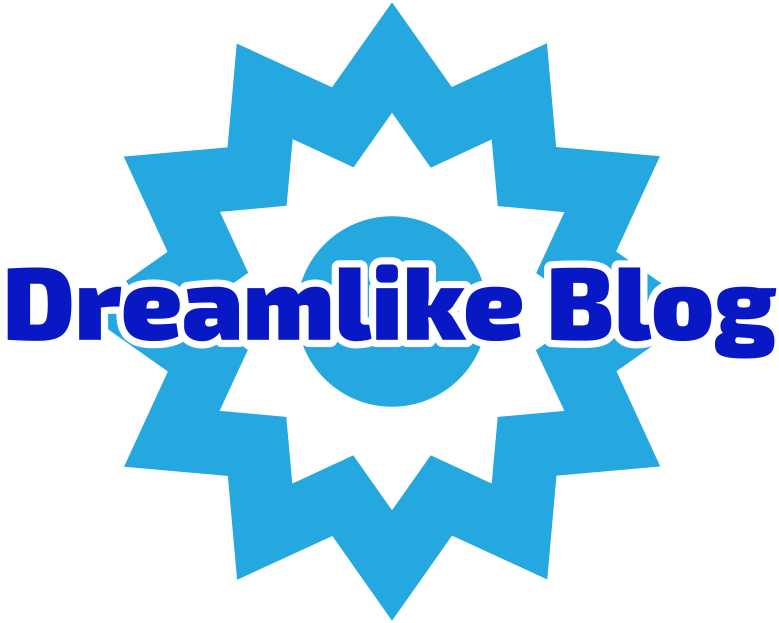In the rapidly evolving landscape of technology, the term printer has transcended its traditional boundaries, giving rise to a myriad of modern printing solutions. As we delve into the question, What are modern printers called? it becomes essential to explore the various types of printers available today, their functionalities, and the technological advancements that have shaped their development.
- The Shift from Traditional to Modern Printing
Historically, printers were primarily categorized into two main types: inkjet and laser printers. However, the advent of digital technology has led to the emergence of several specialized printing devices that cater to diverse needs. Modern printers are often referred to by their specific functionalities or technologies, such as:
- Inkjet Printers: These printers utilize liquid ink to produce high-quality images and text. They are particularly favored for photo printing due to their ability to render vibrant colors and intricate details.
- Laser Printers: Employing a toner-based system, laser printers are known for their speed and efficiency, making them ideal for high-volume printing in office environments.
- Specialized Modern Printers
As the printing industry has evolved, so too have the types of printers available. Here are some of the modern designations that have emerged:
- All-in-One Printers (AIO): These multifunctional devices combine printing, scanning, copying, and sometimes faxing capabilities into a single unit. They are particularly popular in both home and office settings for their versatility and space-saving design.
- 3D Printers: A groundbreaking innovation, 3D printers create three-dimensional objects from digital files. They have revolutionized industries such as manufacturing, healthcare, and education by enabling rapid prototyping and custom production.
- Label Printers: Designed specifically for printing labels, these printers are widely used in retail, logistics, and inventory management. They can produce barcodes, shipping labels, and product tags with precision.
- Wide Format Printers: These printers are capable of producing large-scale prints, such as banners and posters. They are commonly used in advertising, architecture, and graphic design.
- Dye-Sublimation Printers: Often used for printing photographs and textiles, dye-sublimation printers transfer dye onto materials through heat, resulting in high-quality, durable prints.
- The Role of Connectivity and Smart Technology
Modern printers are not just about the mechanics of printing; they also incorporate advanced connectivity features that enhance usability. Many contemporary printers are equipped with:
- Wireless Printing: This feature allows users to print documents from their smartphones, tablets, or laptops without the need for physical connections. Wi-Fi and Bluetooth capabilities have made printing more accessible and convenient.
- Cloud Printing: With the rise of cloud technology, many printers now support cloud printing services, enabling users to print documents directly from cloud storage platforms like Google Drive or Dropbox.
- Mobile Printing Apps: Manufacturers have developed proprietary apps that facilitate easy printing from mobile devices, further streamlining the printing process.
- Sustainability in Modern Printing
As environmental concerns grow, the printing industry is also adapting to promote sustainability. Modern printers are increasingly designed with eco-friendly features, such as:
- Energy Efficiency: Many printers now meet energy-saving standards, reducing their carbon footprint during operation.
- Recyclable Materials: Manufacturers are focusing on using recyclable materials in printer construction and packaging, contributing to a circular economy.
- Sustainable Ink Options: The development of eco-friendly inks, such as soy-based or water-based inks, is gaining traction, offering a greener alternative to traditional inks.
Conclusion
In conclusion, the term modern printers encompasses a diverse range of devices that have evolved significantly from their traditional counterparts. From multifunctional all-in-one units to innovative 3D printers, the landscape of printing technology is rich and varied. As we continue to embrace advancements in connectivity and sustainability, understanding the different types of modern printers and their specific applications becomes increasingly important for consumers and businesses alike. Whether for personal use or professional needs, the right printer can enhance productivity and creativity in our digital age.
